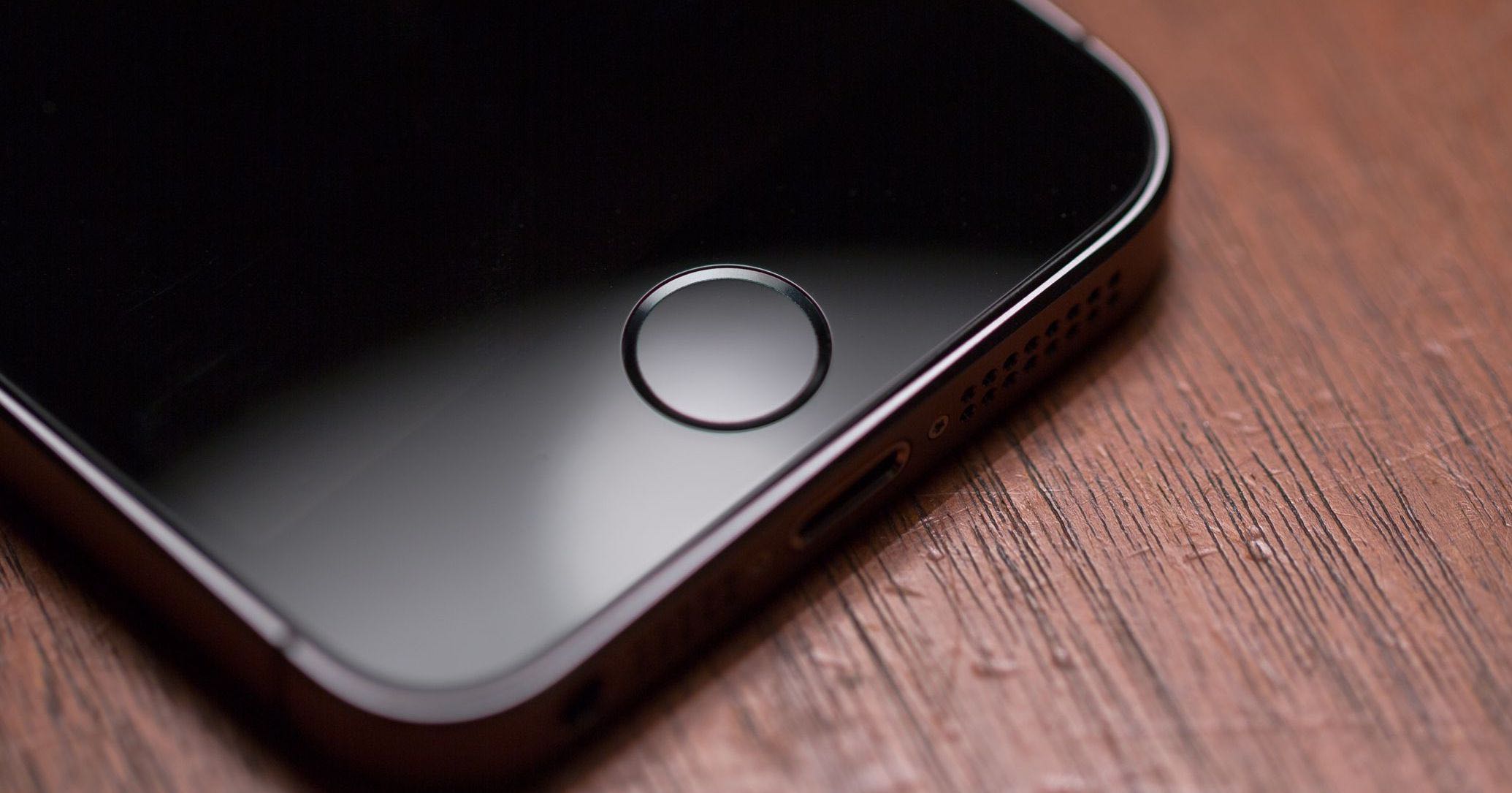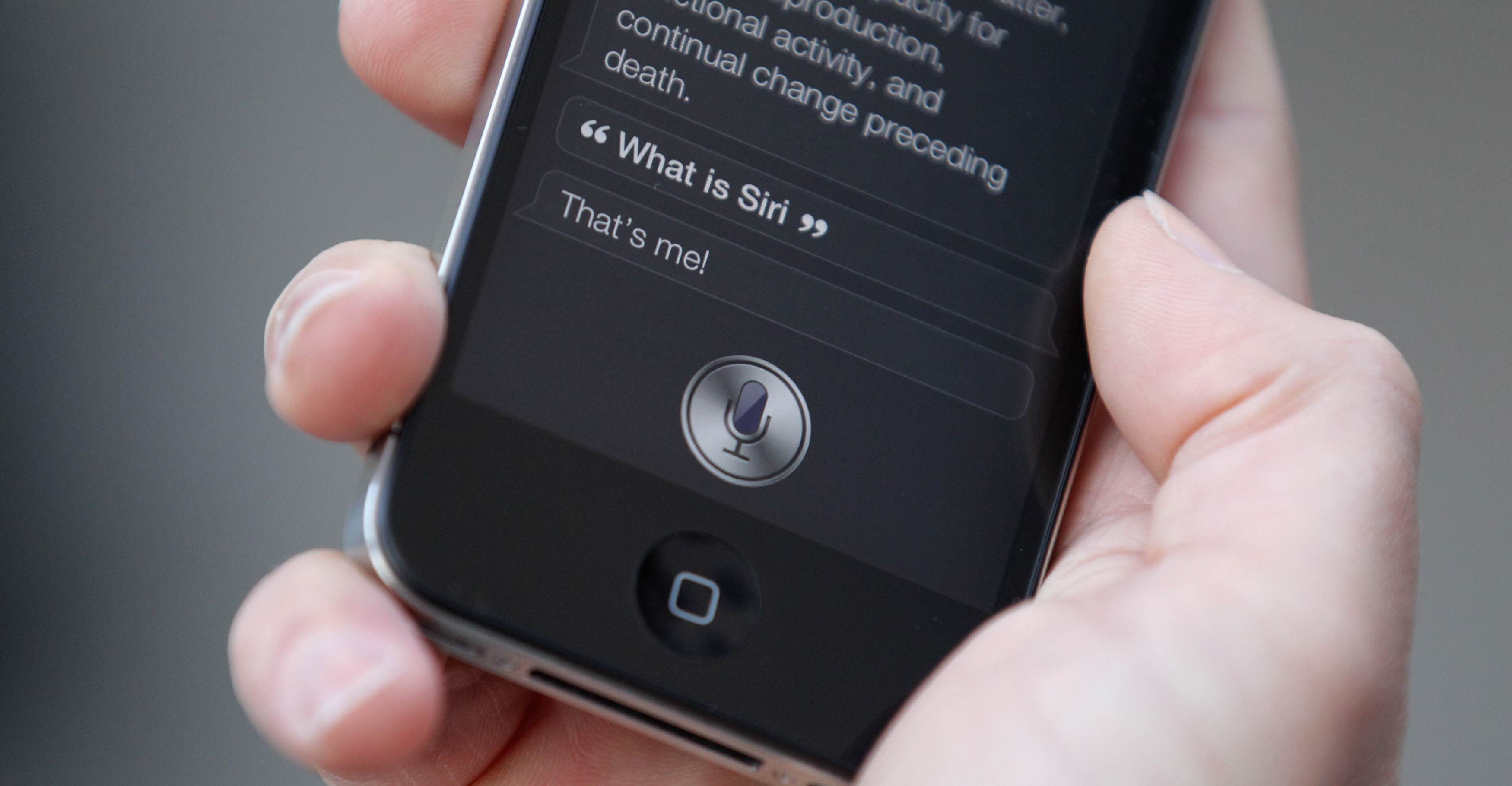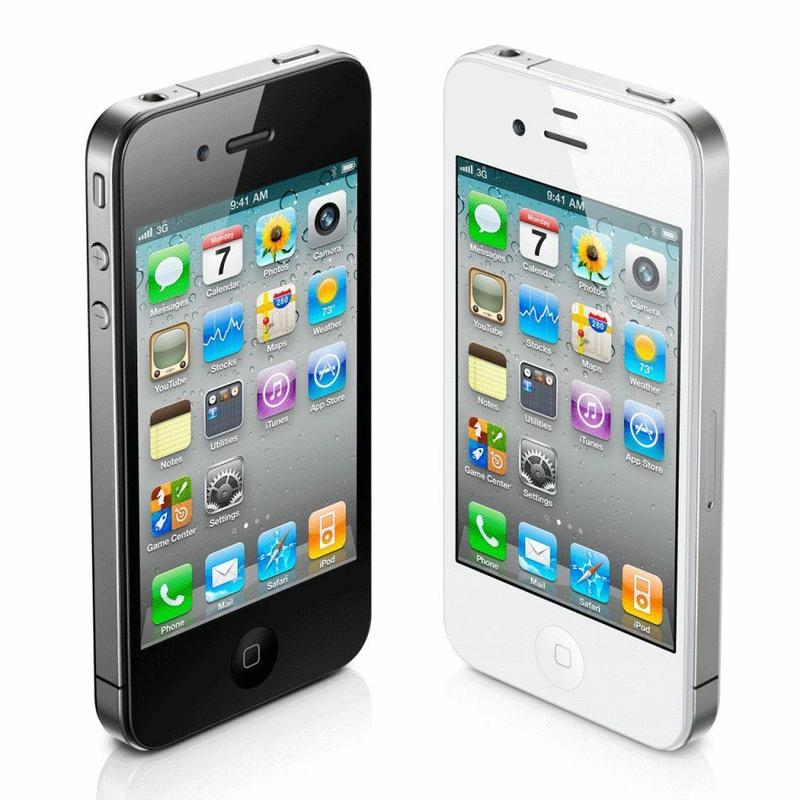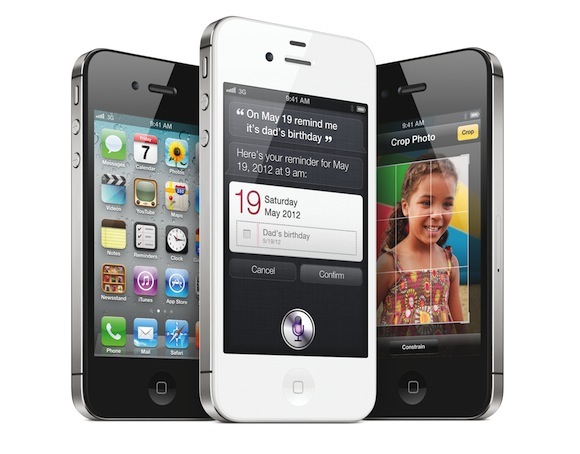Fall 2011 wasn't exactly a happy time at Apple. Co-founder and long-time director of the company Steve Jobs died at the beginning of October. Of course, the company had to go on despite this sad event, including the traditional autumn presentation of the new iPhone model. At the time, it was the iPhone 4s.
It could be interest you

Hey Siri!
Pre-orders for the new iPhone 4S officially opened just two days after Jobs death. It was the last iPhone that Jobs oversaw the development and production of. The iPhone 4s could boast a faster A5 chip or perhaps an improved 8-megapixel camera with HD video recording in 1080p resolution. Undoubtedly, the most significant innovation was the presence of voice digital assistant Siri.
An instant hit
The iPhone 4s was practically destined to sell well. With its arrival, it hit the time when the public simply adored iPhones in the overwhelming majority of cases, and many people were impatiently waiting for the introduction of new models with new functions. And to be honest - the mentioned death of Steve Jobs actually played its role here, which contributed to the fact that Apple was talked about even more intensely at that time. So it could be assumed that the demand for iPhone 4s will be really big. The first weekend since the official launch of sales was more than enough proof of the massive interest in the mentioned novelty. In its course, it managed to sell more than 4 million units.
The first "esco"
In addition to the presence of Siri, the iPhone 4s had another first, namely the presence of the letter "s" in its name. It was the first example of what over the next few years took over as the "esque" models, or S-models. These variants of the iPhone were characterized by the fact that there were no significant changes in terms of design, but they brought partial improvements and new functions. Apple continued to release the S-series iPhones for several years to come.
It could be interest you








I don't know, but the first "s" was 3GS
I think it was only named after the 3G network, but maybe I'm wrong
I see that this is an article from someone who doesn't know much about the history of iPhones, but dares to write about it. The first "esque" iPhone was the 3GS. And how significant was the 4S model for users? By connecting to iCloud. We didn't care about Siri here, but iCloud did. So when you write about something from history, try asking someone who experienced it.